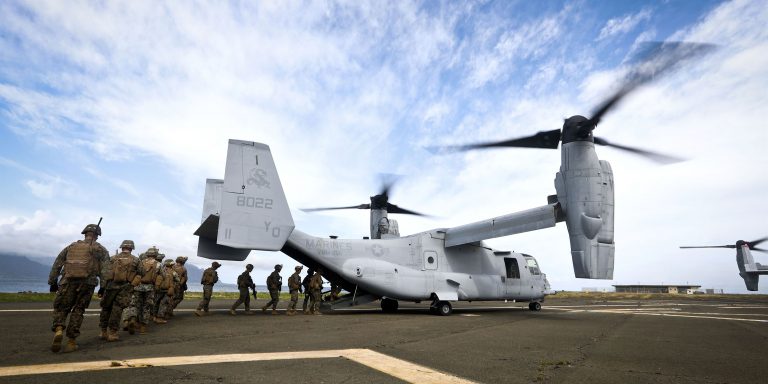INTELBRIEF
May 1, 2019
IntelBrief: Perpetual War in Somalia

- On April 10, President Trump signed an extension of the emergency order authorizing the continuation of U.S. military operations in Somalia.
- Just last week, the U.S. military conducted an airstrike in Somalia, reportedly killing three Islamic State fighters, demonstrating the tactical nature of the counterterrorism fight.
- The U.S. is now committed to training and equipping five brigades of elite Somali soldiers, while others are tasked with building an entirely new Somali army.
- Now that that the Islamic State’s territorial caliphate has been destroyed, there are concerns that foreign fighters will travel to Somalia to reinforce the growing IS presence there and throughout the Horn of Africa.
.
Even as President Trump has called for a withdrawal of U.S. troops from places like Afghanistan and Syria, the U.S. military footprint in Somalia is enduring. Over the past several years, U.S. military operations in Somalia have increased, with counterterrorism operations directed against Al-Shabaab and a growing presence of the so-called Islamic State, both of which represent significant threats to regional stability in the Horn of Africa. Under the Trump administration, the U.S. has increased the number of air strikes (from both manned and unmanned systems) in Somalia and has loosened the rules of engagement to allow for a more aggressive targeting of jihadist militants. Despite the failure of previous efforts to build partner capacity and conduct security cooperation, the U.S. recently committed to a plan to train and equip a new Somali special forces capability, one that will require years of on-the-ground commitment and resources.
The scale of the U.S. military presence in Somalia is far smaller than other ‘train and equip’ missions, particularly Iraq and Afghanistan, both of which were immensely costly and ultimately unsuccessful after years of attempting to build host-nation capabilities. The U.S. has approximately 600 military personnel on the ground in Somalia, mostly serving as combat advisors and trainers, operating in the country under the authority of Executive Order 13536. That executive order, signed by then-President Obama in 2010, states that ‘the deterioration of the security situation and the persistence of violence in Somalia, and acts of piracy and armed robbery at sea off the coast of Somalia'...'constitute an unusual and extraordinary threat to the national security and foreign policy of the United States,’ requiring the declaration of a national emergency.
On April 10, President Trump signed an extension of that emergency order, stating that the ‘United States is strongly committed to Somalia’s stabilization, and it is important to maintain sanctions against persons undermining its stability. The situation for Somalia continues to pose an unusual and extraordinary threat to the national security and foreign policy of the United States.’ The U.S. commitment comes as part of a broader shift in how the international community, especially under the auspices of the United Nations, is working with the federal government in Mogadishu to better combat the threat posed by Al-Shabaab and the Islamic State. Since 2007, the African Union Mission in Somalia (AMISOM) has been responsible for military operations against Al-Shabaab and other armed threats to Somalia and the region. AMISOM has enjoyed limited tactical success, but armed insurgents still retain the ability to conduct spectacular mass-casualty attacks in the capital as well as overrun defensive outposts.
In May 2017, officials from the U.S., U.K., E.U., U.N., A.U., and Somalia agreed on a strategy to replace AMISOM with a Somali army. The U.S. would focus on training up to 3,000 Somali special forces in a unit called Danab (lightning). These soldiers would be the special forces in a more extensive Somali military that is being trained by advisors from Turkey, the U.A.E, and others. This effort will take years and will inevitably face myriad challenges and setbacks along the way. Clan and tribal ties continue to frustrate attempts at sustaining a national federal military, and endemic corruption and poor logistics reverse previous progress. Now that that the Islamic State’s territorial caliphate in Iraq and Syria has been destroyed, there are serious concerns that foreign fighters will travel to Somalia to reinforce the IS presence there and throughout the Horn of Africa, forcing Washington to commit an American military presence to Somalia indefinitely, with no clear endgame in sight.
.
For tailored research and analysis, please contact: info@thesoufancenter.org
[video width="960" height="540" mp4="https://thesoufancenter.org/wp-content/uploads/2019/05/IB-0501.mp4" poster="https://thesoufancenter.org/wp-content/uploads/2019/04/161210-M-QH615-158A-2.jpg"][/video]